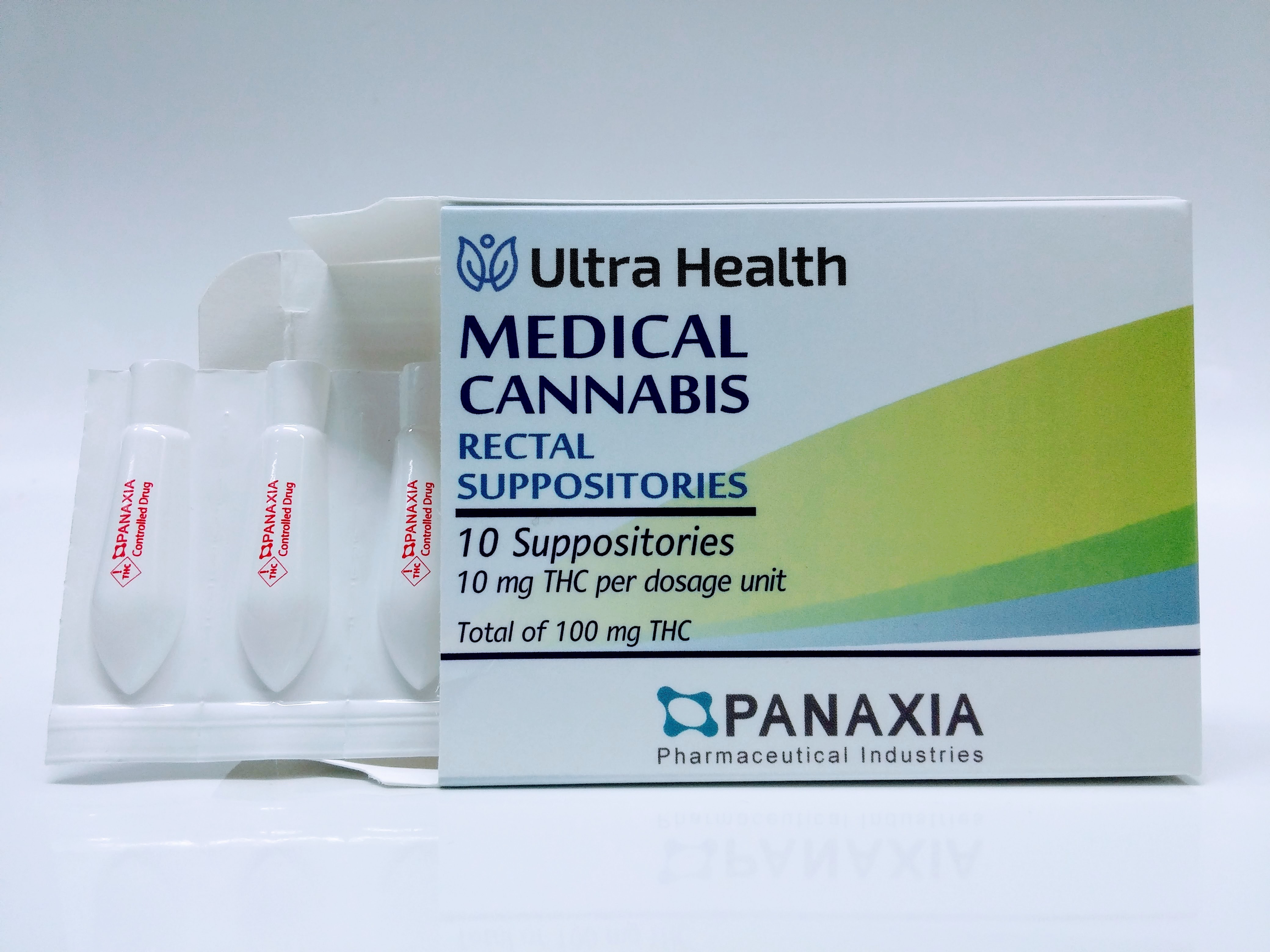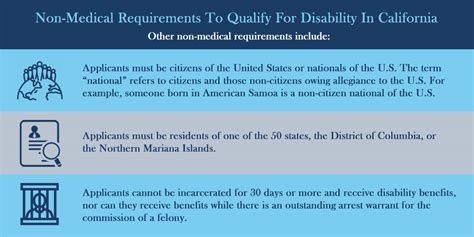The medical profession is a vast and complex field, with numerous specialties and disciplines that cater to the diverse needs of patients. Among these, the role of a Doctor of Osteopathic Medicine (D.O.) is unique and vital, offering a holistic approach to healthcare that combines the principles of osteopathic medicine with the latest advancements in medical science. In this comprehensive overview, we will delve into the world of osteopathic medicine, exploring its history, philosophy, and practice, as well as the distinctive qualifications and contributions of D.O.s in the healthcare landscape.
History of Osteopathic Medicine
Osteopathic medicine has its roots in the late 19th century, founded by Andrew Taylor Still, a physician who sought to reform the medical practices of his time. Still was dissatisfied with the medical practices of the late 19th century, which he believed often did more harm than good. He developed a new approach to medicine that emphasized the interconnectedness of the body’s systems and the role of the musculoskeletal system in health and disease. This philosophy led to the establishment of the first osteopathic medical school in Kirksville, Missouri, in 1892.
Philosophy of Osteopathic Medicine
At its core, osteopathic medicine is based on four key principles:
- The body is a unit; an integrated system of mind, body, and spirit.
- The body possesses self-regulatory and self-healing mechanisms.
- Structure and function are interrelated.
- Rational treatment is based upon an understanding of these principles and the interrelationship of mind, body, and spirit.
These principles guide the practice of osteopathic physicians, who seek to understand and address the whole person - physical, emotional, and spiritual - in the prevention, diagnosis, and treatment of disease.
Education and Training of D.O.s
Doctors of Osteopathic Medicine undergo rigorous academic and clinical training that is similar to that of their M.D. counterparts, with an additional emphasis on osteopathic principles and practices. This includes a minimum of four years of undergraduate education, four years of osteopathic medical school, and several years of residency training, depending on the chosen specialty. A critical component of this education is the study of osteopathic manipulative medicine (OMM), which involves the use of manual techniques to diagnose and treat various conditions.
Practice of Osteopathic Medicine
Osteopathic physicians are fully qualified to practice in all medical specialties, from primary care and pediatrics to surgery and psychiatry. They can prescribe medications, perform surgeries, and order diagnostic tests, just like their M.D. counterparts. What sets D.O.s apart, however, is their ability to incorporate osteopathic manipulative treatment (OMT) into their practice, offering patients a unique and often less invasive approach to managing pain, improving mobility, and enhancing overall well-being.
Benefits of Osteopathic Care
The osteopathic approach to medicine offers several benefits to patients, including:
- Holistic Care: D.O.s consider the impact of lifestyle and environmental factors on health, providing patients with a more comprehensive understanding of their condition and the tools to maintain wellness.
- Preventive Focus: With an emphasis on preventive medicine, osteopathic physicians work with patients to identify risk factors and develop strategies for reducing the likelihood of disease.
- Personalized Treatment: The use of OMT allows for a more personalized approach to treatment, as each patient’s musculoskeletal system is unique, and their response to manual therapy can provide valuable insights into their condition.
- Non-Invasive Options: For patients seeking to avoid surgical interventions or pharmaceuticals, osteopathic medicine offers an attractive alternative, with OMT providing a drug-free and non-invasive treatment option.
FAQ Section
What is the main difference between a D.O. and an M.D.?
+The primary difference lies in their approach to patient care. D.O.s are trained to consider the whole person - physical, emotional, and spiritual - and are qualified to use osteopathic manipulative treatment (OMT) as part of their practice.
Can D.O.s prescribe medication and perform surgery?
+Yes, D.O.s are fully qualified to prescribe medications and perform surgeries, just like M.D.s. Their scope of practice is equivalent, with the additional training in osteopathic principles and practices.
What conditions can be treated with osteopathic manipulative treatment (OMT)?
+OMT can be used to treat a wide range of conditions, including back pain, migraines, sinus infections, and carpal tunnel syndrome, among others. It is also used to promote overall health and well-being.
Conclusion
In conclusion, Doctors of Osteopathic Medicine offer a unique blend of traditional medical knowledge and osteopathic principles, providing patients with a holistic approach to healthcare. With their emphasis on preventive medicine, personalized treatment, and non-invasive therapies, D.O.s play a vital role in the healthcare system, addressing the complex needs of the modern patient with compassion, expertise, and a deep understanding of the interconnectedness of the human body. As healthcare continues to evolve, the distinctive contributions of osteopathic physicians are likely to become increasingly valued, offering a beacon of hope for those seeking a more integrated and patient-centered approach to medical care.



